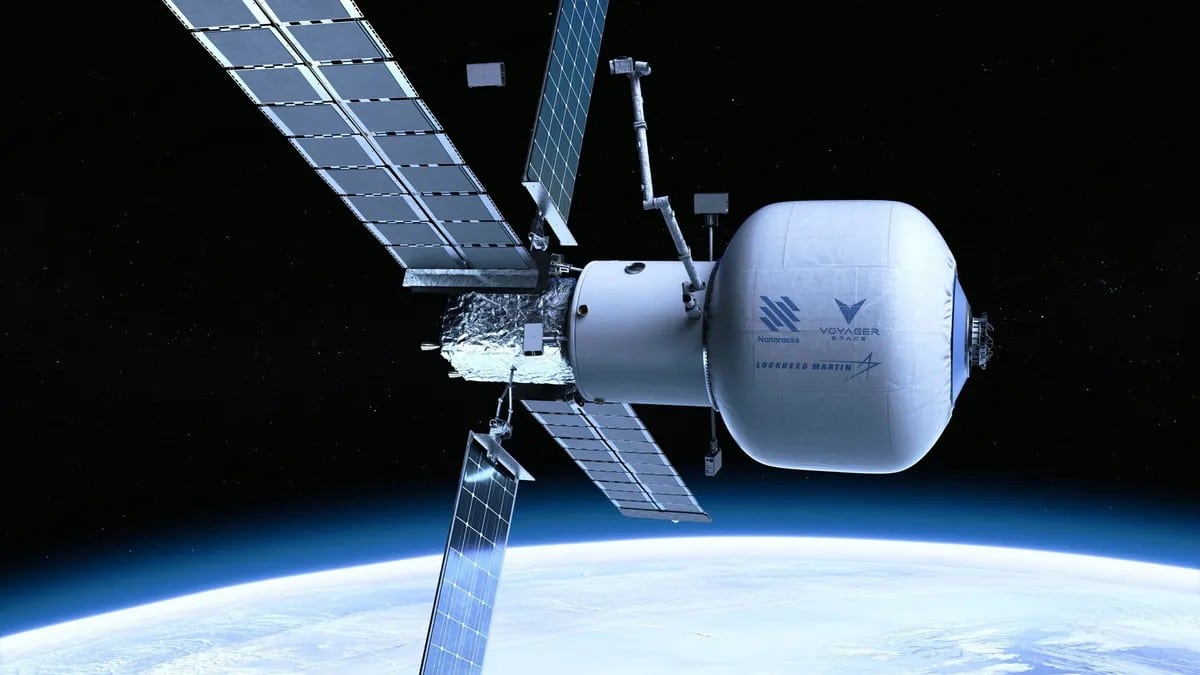The premier space agency of the United States, NASA, has taken giant strides in exploring space through several discoveries. However, NASA doesn’t do all this research alone; the agency partners with others to achieve these space exploration feats. Which agencies has NASA partnered with? What impacts and challenges come with these collaborations? Here are the answers and more.
Why does NASA collaborate with other space agencies?
Although NASA, just like other space agencies, can successfully carry out space research, partnering with other agencies has proven to facilitate progress. Global collaborations promote unity and international cooperation.
NASA and other space agencies share expertise, resources, and valuable knowledge through international collaborations. This makes it easier to combat intricate space problems on a global level.
NASA’s collaboration with the Russian Space Agency
NASA’s partnership with the Russian Space Agency, Roscosmos, is one of the many proofs that humans can achieve a lot more by working together. The collaboration of these two agencies birthed the International Space Station (ISS).
The ISS functions as an orbiting laboratory; astronauts from different countries test new technologies, study the effects of long space travel, and carry out scientific experiments. The space station is a major advancement in space exploration.
NASA’s collaboration with the Japan Aerospace Exploration Agency
NASA’s collaboration with the Japan Aerospace Exploration Agency (JAXA) has also brought about some major space exploration innovations. Both agencies have partnered on the joint lunar orbiter mission (HELENE), the Hinode Solar Observatory, and other space missions.
With the joint lunar orbiter mission, NASA and JAXA have expanded our knowledge of the moon’s geology. The Hinode Solar Observatory, on the other hand, helps scientists know more about the sun’s activities, from coronal mass ejections to solar flares.
NASA’s collaboration with the European Space Agency
The collaboration between NASA and the European Space Agency (ESA) is another successful one that shows the wider scope that can be covered in joint missions. The agencies’ most famous missions are the Cassini-Huygens Saturn mission and the Hubble Space Telescope.
The Cassini-Huygens was a fruitful mission that expanded scientists’ knowledge of Saturn’s rings and extraterrestrial life through its valuable insights. The Hubble Space Telescope has taken several insightful pictures of celestial objects, widening our understanding of space.
Could there be any challenges?
While it’s true that global collaborations for space exploration bring significant advancements, there are also inherent challenges. Collaborating on a global level implies navigating diverse interests and backgrounds.
To effectively navigate these differences, understanding is key. Another challenge is the inevitability of contrasting levels of knowledge, political agendas, technological expertise, and financial capabilities. Since these challenges are unavoidable, overcoming them is critical.







